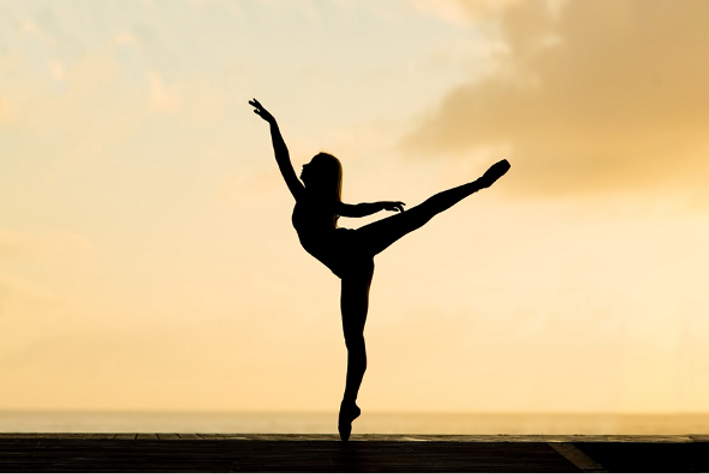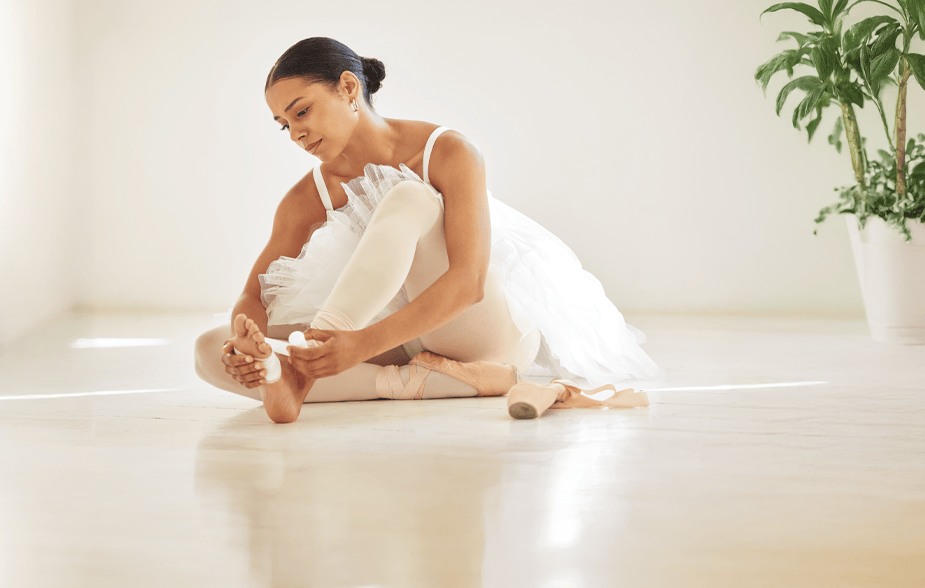Calluses are thickened and hardened areas of skin that develop as a response to repeated friction, pressure, or irritation. On the feet, calluses often form in areas that endure prolonged stress, and while they are the body’s way of protecting itself, they can become uncomfortable over time.
Activities That May Cause Foot Calluses

- Barefoot Activities: Activities like running or walking barefoot, especially on rough surfaces, can expose the feet to friction and lead to calluses.
- Intensive Sports: Participating in sports that involve repetitive motions, such as running or tennis, can contribute to callus development. The constant pressure on specific areas of your feet leads to calluses forming.
- Manual Labor or Construction Work: Jobs that involve prolonged standing, heavy lifting, or the use of tools can lead to calluses on the feet. These include movers, construction workers, tradespeople, and cashiers, especially if proper footwear is not worn.
- Playing Musical Instruments: Musicians, especially those playing instruments that require foot involvement, may develop calluses due to prolonged pressure. These include drummers, foot percussionists, and tap dancers.
- Dancing: Dancers would naturally develop calluses on the feet due to frequent twists and turns, especially while dancing barefoot. However, foot calluses in dancers provide essential protection for intensive moves, and should not be trimmed unless they cause other problems. Instead, they should be soaked in warm water and kept soft by applying petroleum jelly or skin cream daily.
Calluses may also form if you wear ill-fitting shoes, are obese, or neglect foot hygiene. Certain foot conditions like hammertoes and bunions may lead to calluses forming.
Ways to Minimize Risks of Calluses Forming
- Proper Footwear: Choose well-fitting shoes with adequate support and cushioning to reduce friction and pressure on the feet.
- Foot Protection: Wear appropriate footwear or foot protection when engaging in activities that pose a risk of friction or pressure.
- Moisturize: Regularly moisturize the feet to keep the skin soft and supple, reducing the likelihood of calluses forming.
- Foot Pads: Use foot pads or inserts to distribute pressure evenly and provide additional cushioning.
- Regular Foot Checks: Inspect your feet regularly for any signs of calluses or other skin issues, addressing them promptly.
How to Manage Foot Calluses
- Soaking and Exfoliating: Soak the feet in warm water, use a pumice stone to gently exfoliate, and moisturize the area to soften the callus.
- Over-the-Counter Products: Use over-the-counter callus cushions or pads to alleviate pressure and reduce discomfort.
- Footwear Modifications: Consider footwear modifications, such as wearing orthotic inserts, to reduce pressure on specific areas of the feet.
- Avoiding Aggravating Activities: Temporarily refrain from activities that may exacerbate the callus until it has healed.
Conclusion
While many calluses can be managed at home, persistent discomfort should prompt a visit to your podiatrist, who can prescribe appropriate treatment and offer guidance on lifestyle changes. ♦
Podiatrist newsletter article provided by LRW Media. Images provided by David Hofmann, and No Revisions.
